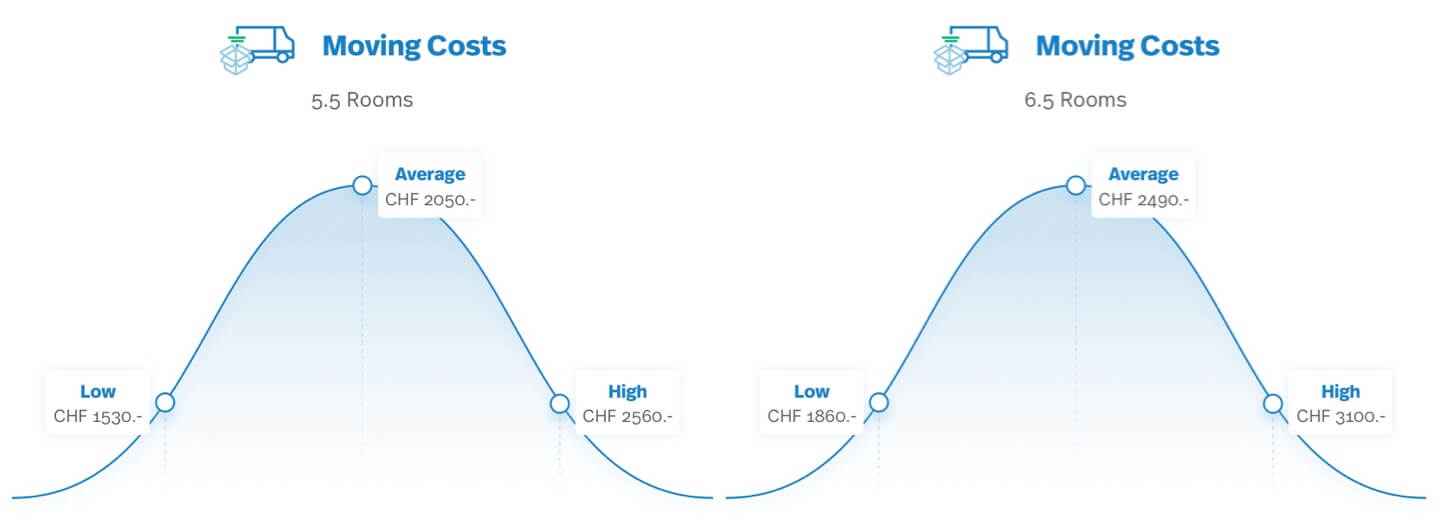If you’re planning for an interstate move, you probably have a lot of concerns ahead.
This article offers a unique look at how to handle long-distance moving effectively.
Let’s dive into the world of interstate relocation and uncover what it really takes to move to another state.
What Makes Interstate Moving Unique?
When you cross state lines, your move falls under federal regulations, typically overseen by the FMCSA (Federal Motor copyright Safety Administration).
For example, some states have agricultural checks, item bans, or specific rules on transporting vehicles.
Most importantly, the logistics are more complex: longer travel times come into play.
Tips for Choosing the Best Interstate Movers
Sites like Better Business Bureau and FMCSA’s mover search tool are great resources for screening movers.
Ask about additional fees such as fuel surcharges, long carry charges, or storage if needed.
Taking time to vet your moving company can save you stress, money, and avoidable delays.
What Determines the Price of an Interstate Move?
Several factors shape the price of interstate moving services. The biggest is distance—the longer the trip, the higher the fuel, labor, and time costs.
Additional services can also raise the bill.
Planning veja mais ahead and informing your moving company about these conditions helps avoid surprise charges on moving day.

Step-by-Step Guide to Organizing a Long-Distance Move
Proper planning is the foundation of a successful interstate move. Start by creating a timeline—ideally 8–12 weeks before your move date.
Create a detailed list of what you’re moving, noting valuable or fragile items.
Finally, prepare an essentials kit for the days surrounding your move.
Understanding Your Moving Options
Not all interstate moving services are the same, and understanding your options helps you choose wisely.
This can be more affordable but requires more personal effort.
Understanding your specific needs ensures you select the best option for a smooth and cost-effective interstate relocation.

How to Prevent Problems During an Interstate Move
Booking early not only secures better pricing but also gives you time to research and prepare properly.
Another common pitfall is failing to check mover credentials.
Using cheap boxes, skipping labels, or failing to protect fragile items increases the risk of breakage.
Budget-Friendly Strategies for Interstate Relocation
Every extra pound adds to the total bill, so sell, donate, or recycle items you no longer need.
Some movers offer price matching, discounts for flexible dates, or savings for booking during off-peak seasons.
Combining professional help with DIY strategies creates a cost-effective balance that fits your budget and schedule.
Wrapping Up Your Interstate Moving Journey
Whether you’re relocating a small apartment or a full household, understanding the process empowers you to make informed decisions.
Investing time in research, comparing services, and preparing in advance pays off during a long-distance relocation.
With the right mindset and resources, moving to another state can be a smooth and rewarding transition.
Your Interstate Moving Questions Answered
What’s the cheapest way to move between states?
You can also pack and load yourself to cut labor costs while hiring movers only for transport.
When should I hire movers for a long-distance move?
Last-minute bookings often come with limited availability and higher prices.
What items are movers not allowed to transport across state lines?
Always check with your moving company for a detailed list of prohibited items.
How is interstate moving insurance calculated?
Review your coverage options carefully and understand the claims process before moving day.
Can I track my belongings during an interstate move?
Ask your company about their communication methods and tracking options.